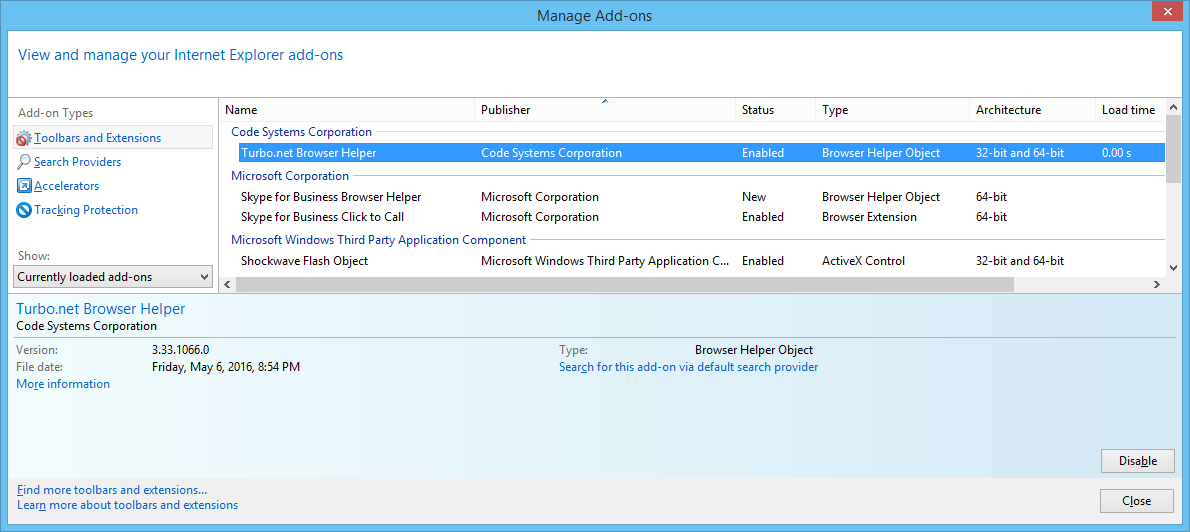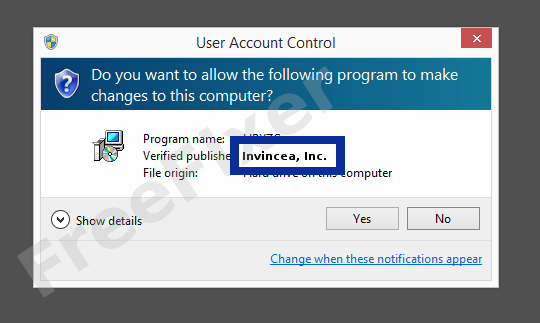

- #INVINCEA WEB REDIRECTOR INSTALL#
- #INVINCEA WEB REDIRECTOR UPDATE#
- #INVINCEA WEB REDIRECTOR SOFTWARE#
- #INVINCEA WEB REDIRECTOR CODE#
- #INVINCEA WEB REDIRECTOR DOWNLOAD#
We will update this story with their responses as they become available. It demands a steep ransom to get those files-in some cases, over $500 worth of Bitcoin.Īrs attempted to contact Dunlop and some of the other organizations with affected sites, but we received no replies. The malware attempts to mount every possible drive to search for files, looking for networked drives and external devices as well as local disks. onion website to pay for the key to unlock them.
#INVINCEA WEB REDIRECTOR DOWNLOAD#
"If those programs are not present on the victim host the Command Shell is opened and the windows utility of Wscript is accessed to download the ransomware payload from a Command and Control server."ĬryptXXX, like other crypto-ransomware variants, encrypts files and directs the victim to a Tor.
#INVINCEA WEB REDIRECTOR SOFTWARE#
"Once a victim is redirected to the Neutrino Exploit Kit, the endpoint is scanned to check if it is using any security software such as VMWare, Wireshark, ESET, Fiddler, or a Flash player debugging utility," Pat Belcher of the endpoint security software vendor Invincea wrote in a blog post. The latest version of the exploit kit attempts to evade security software or virtual machines. But since then, both the malware kit and the ransomware have been upgraded. The latest string of compromises appears to have begun in May.
#INVINCEA WEB REDIRECTOR CODE#
In this recent wave of compromises, SoakSoak planted code that redirects visitors to a website hosting the Neutrino Exploit Kit, a "commercial" malware dropping Web tool sold through underground marketplaces. In December of 2014, Google was forced to blacklist over 11,000 domains in a single day after the botnet compromised their associated websites by going after the WordPress RevSlider plugin. SoakSoak, named for the Russian domain it originally launched from, has been around for some time and has exploited thousands of websites. The sites were most likely exploited by a botnet called SoakSoak or a similar automated attack looking for vulnerable WordPress plugins and other unpatched content management tools, according to a report from researchers at the endpoint security software vendor Invincea.
#INVINCEA WEB REDIRECTOR INSTALL#
These sites are redirecting visitors to a malicious website that attempts to install CryptXXX-a strain of cryptographic ransomware first discovered in April.

Part of the problem comes from advertising companies allowing advertisers to host their own ad content so those companies can gather their own metrics on the ads, Belcher said.īut the ad companies allow those advertisements to automatically redirect visitors elsewhere when viewed, which is relied on by cybercriminals to make their attacks work, he said.If you've visited the do-it-yourself project site of Dunlop Adhesives, the official tourism site for Guatemala, or a number of other legitimate (or in some cases, marginally legitimate) websites, you may have gotten more than the information you were looking for.

That kit tried to exploit a vulnerability in Microsoft's Silverlight multimedia program and likely then tries to install a backdoor, which is a program that allows for persistent access to a compromised machine, Belcher said.

A bogus ad for a gun dealer in Missouri was shown by the exchange OpenX, which automatically redirected to a free hosting site that had an exploit kit. In one example, a person who worked for a defense contractor browsed to the, a website for gun enthusiasts. The malware is modified so frequently that it is hard for security products to detect, he said. "Those landing pages are stood up and torn down so quickly that nobody in the security industry are able to detect the malicious URL and put it on a blacklist fast enough," Belcher said. The landing pages those ads redirect to are up for as short as 10 minutes to four hours. Invincea has detected malicious ads on websites such as the fantasy football site, and the conservative commentary site. Those landing pages then automatically try to install malware on the victim's computer, he said. When the bid is won, ads are supplied that redirect visitors to landing pages on legitimate websites that have been hacked. They have to win a bid for the right to show an ad, but the cost can be as little as US$0.65, Belcher said. That has proved advantageous for cybercriminals, who are signing with ad brokers to participate in real-time ad bidding. Web advertisements are sold to the highest bidder on online exchanges by buyers who can specify who the ad is shown to by IP address range, region, industry vertical or even just by specific corporations.


 0 kommentar(er)
0 kommentar(er)
